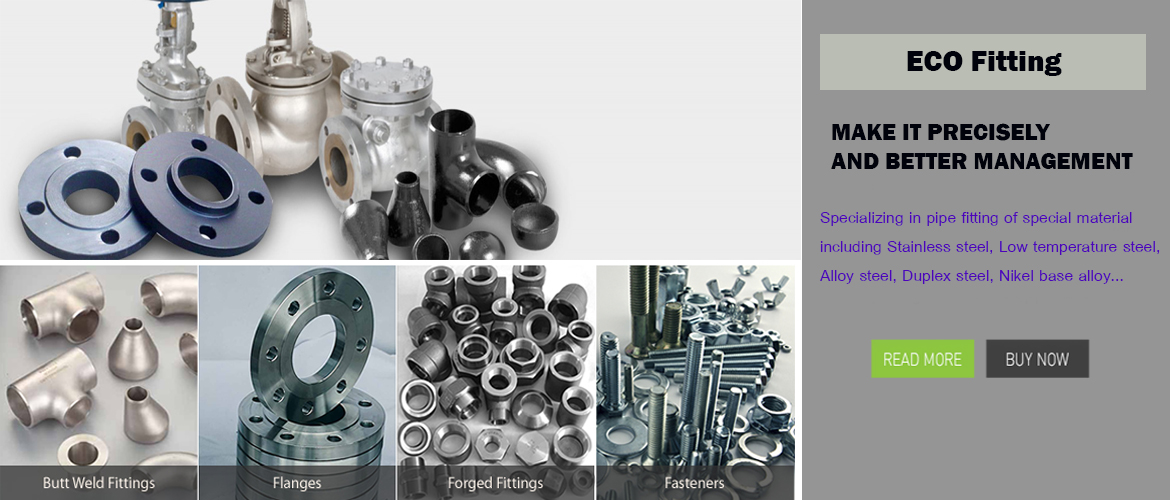Steel pipe fittings are used in a variety of applications, including water and gas pipelines, power cables, and oil and gas production lines. Steel pipe fittings are made from a variety of materials, including steel, brass, and bronze.
The most common type of steel pipe fitting is the union that connects two pieces of steel pipe. Union fittings have a flared end that fits into a flare on the other piece of steel pipe. Another type of Steel pipe fittings is the gland. Glands are used to connect different types of pipes together. They have a male end and a female end. The male end has an opening that is larger than the female end. The female end fits into the male end, and the two pieces of metal fit together tightly.

Basic Materials of a Steel Pipe Fitting
When it comes to steel pipe fittings, you need to be familiar with a few basic materials. The first is the metal itself. Steel pipes are made from a variety of different metals, including carbon and alloy steels. Alloys are combinations of two or more metals, so there are a variety of alloys available for pipe fittings.
The second material you need to know about is the fitting itself. A fitting is simply a piece of metal that connects two pieces of steel pipe. There are many different types of fittings, including bolting, unions, and flanges. Bolting is the most common type of fitting, and it uses bolts to connect the pieces of metal. Unions use a special type of joint cement to connect the pieces of metal, and flanges are just like bolts but they have a wider head.
The final material you need to know about is the threading pattern on the fitting. This pattern tells you how to put the fitting together. There are several different threading patterns available, including UNC (universal), BSP (box), TPI (thread per inch), and RPN (round peg in a hole). You need to be familiar with this pattern so you can correctly